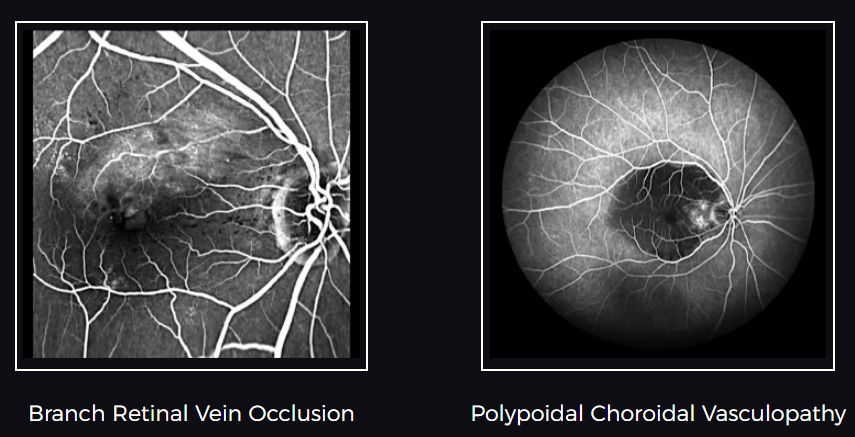In the realm of ophthalmology, the choice between non-mydriatic fundus cameras and mydriatic fundus cameras continues to spark debates among professionals. Both have unique features tailored for specific diagnostic needs, making the selection crucial for effective patient care.
Fundus cameras are specialized instruments designed for capturing detailed images of the retina, crucial for diagnosing various eye conditions. Essentially, they come in two varieties: mydriatic and non-mydriatic.
Mydriatic fundus cameras necessitate the use of pupil-dilating drops prior to imaging. This dilation allows the camera to capture a wide field of view, providing a comprehensive look at the retina. However, the use of mydriatic agents may not be suitable for all patients, particularly those with certain health concerns or anxiety regarding the dilation process.
On the other hand, non-mydriatic fundus cameras offer a gentler approach. They do not require dilation, thus making the experience more comfortable for patients. This can significantly improve patient compliance while still delivering high-quality images for diagnostic purposes. Recent advancements in technology have further enhanced the capabilities of these cameras, allowing for effective examination without the need for pharmacological intervention.
Ultimately, the choice between mydriatic and non-mydriatic fundus cameras hinges on several factors, including patient needs, specific diagnostic requirements, and the clinical setting. While mydriatic cameras may offer a broader view, non-mydriatic systems are increasingly becoming the go-to option for many practitioners due to their ease of use and patient-friendliness.
For more insights on this topic, feel free to check out our detailed article on fundus camera technology.
In conclusion, both types of fundus cameras hold valuable merits in the field of eye care. The choice ultimately rests with the practitioner, who must consider the best fit for their patients’ comfort and diagnostic accuracy.
Explore the benefits of both types of equipment and make an informed decision about eye examination tools. For further information on  , dive deeper into our customizable and accessible options!
, dive deeper into our customizable and accessible options!
Previous
None
Next
None
Comments
Please Join Us to post.
0